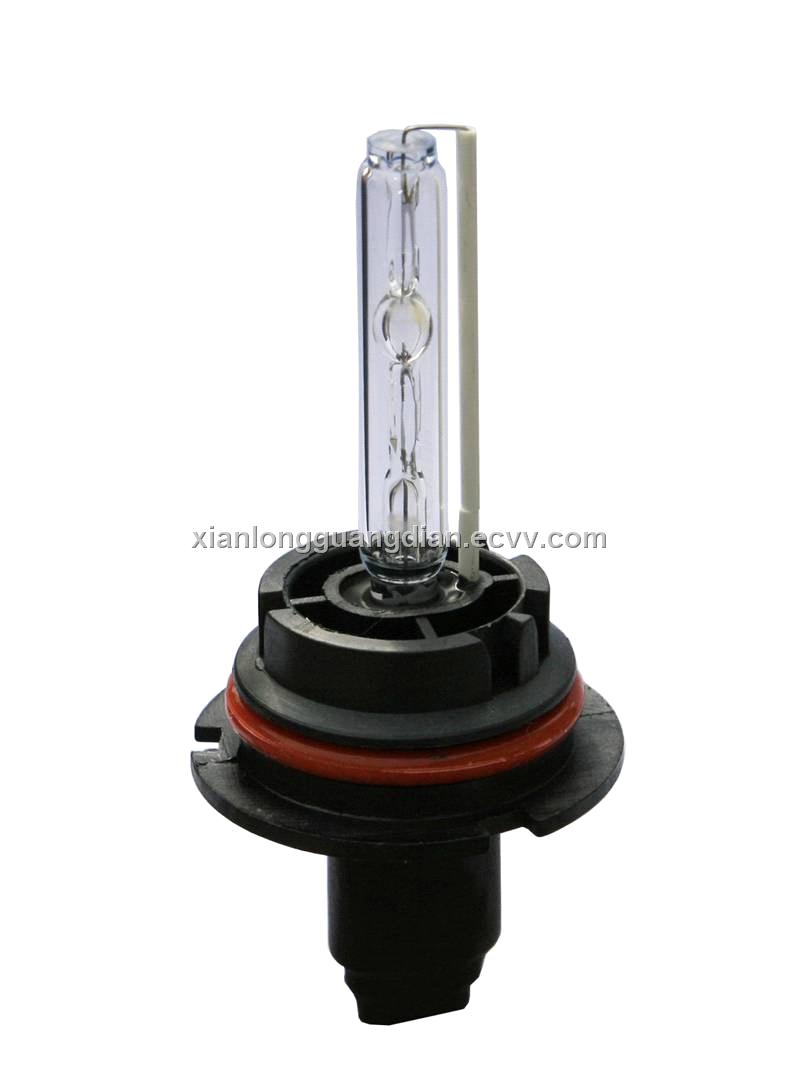Dr_Evil
0
- Joined
- Feb 25, 2008
- Messages
- 2,128
- Points
- 63
If we measured more light sources in lumens the world would be a (slightly) better place. For instance: vehicle headlights. If the maximum output was in lumens rather than watts then people couldn't play with the color and blind other drivers.
That has to do more with the aiming of the headlights and housing design. I could put a crappy 25w bulb in a housing improperly aimed and blind somebody. Or I could put a 85w bulb in a properly aimed housing and not blind somebody. A lot of the idiots blinding oncoming driving put HIDs in housings design for normal halogen bulbs. I think it is also possible to mess up the output using a different brand of HID bulbs used in a housing designed for a certain brand of bulbs. I'm not 100% sure about that though. I don't think the position of the light source is the same for all brands.




